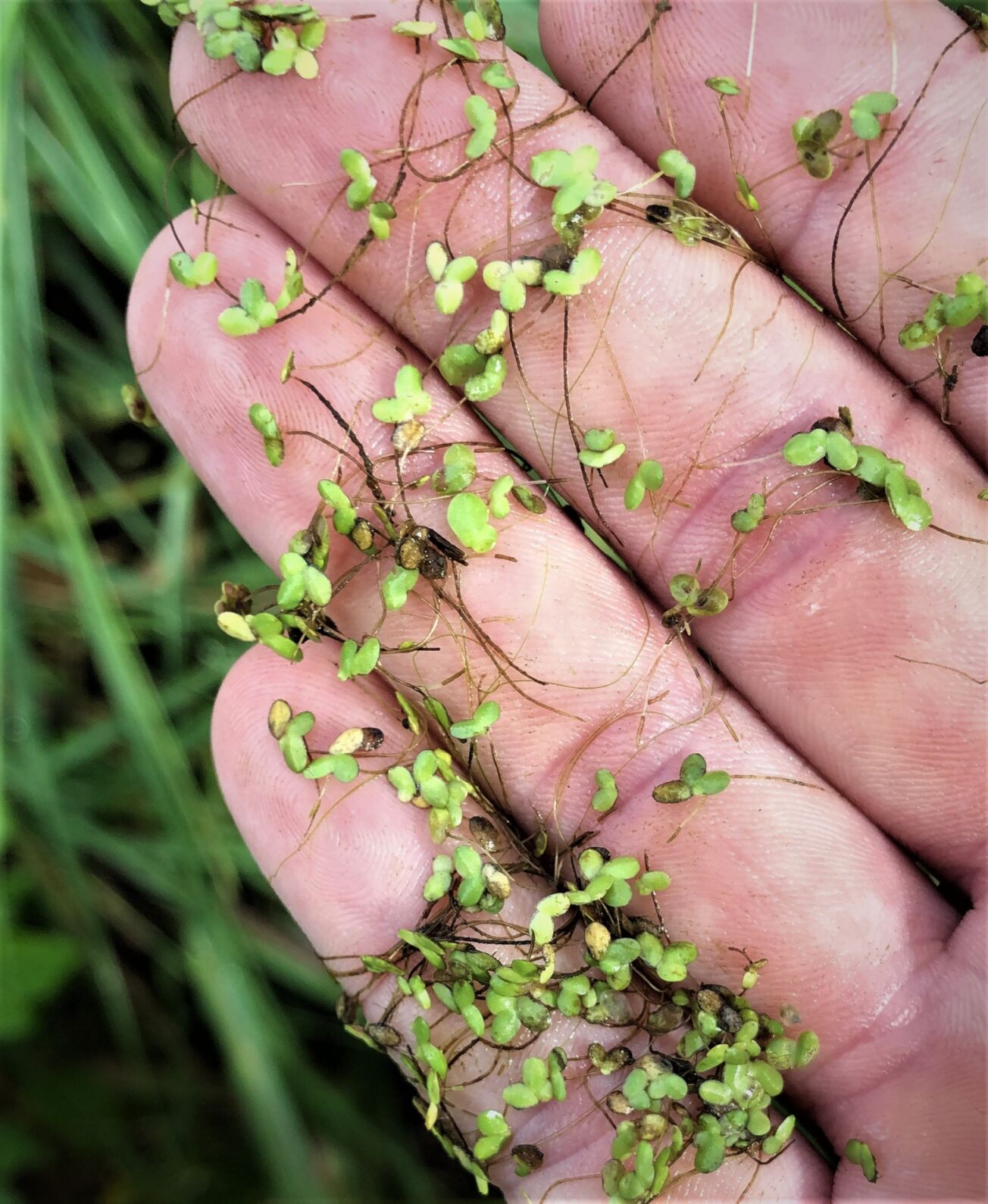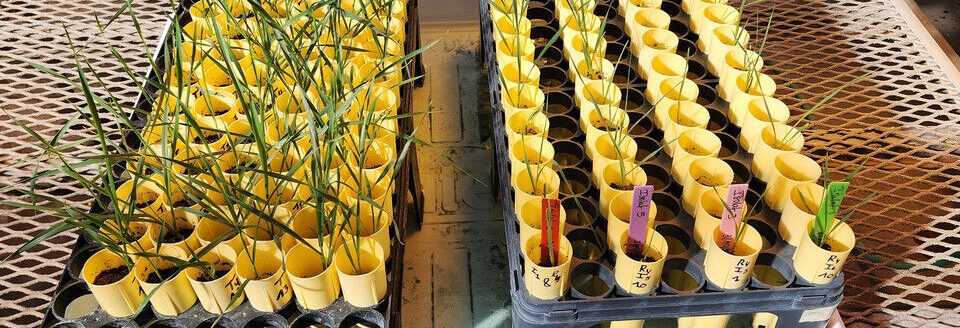Landowners can learn how to identify and manage aquatic plants in their ponds during an online webinar from 6 to 7:30 p.m. May 16.
Brittany Chesser, Texas A&M AgriLife Extension Service aquatic vegetation management program specialist and lead diagnostic scientist at AgriLife Extension’s Aquatic Diagnostics Laboratory, Bryan-College Station, will lead the webinar titled “Aquatic Plant ID and Management Options.”
Cost is $35. Register at tx.ag/AquaticPlantID.
Participants are encouraged to send in photos of aquatic plants in their ponds for discussion. Photos should be high quality and sent to Chesser via email [email protected] by 5 p.m. on May 12.
Chesser has provided some tips on taking photos for aquatic vegetation for identification.
Chesser will be joined by Todd Sink, Ph.D., AgriLife Extension aquaculture specialist and director of the AgriLife Extension Aquatic Diagnostics lab.
One integrated pest management Texas Department of Agriculture continuing education unit is available for those who attend this course live.
Paid registrants will receive a link to a recording of the program via email if they are unable to attend the live event.
Learn to ID, manage aquatic plants
The webinar is a one-hour, how-to educational program to help pond owners identify and manage algae, floating or submerged and emergent aquatic vegetation, Chesser said. Photos shared by pond owners will be part of the presentation.
The program will start with identification and defining each aquatic plant category, along with plant characteristics and species commonly found in Texas ponds. Once identified, Chesser will discuss the plant’s biology, role in the pond ecosystem and how it should be managed.
Specific management strategies, including mechanical, biological, chemical and even planting beneficial species where applicable, will be covered for each grouping of plants, Chesser said. A 30-minute Q&A session will end the program.
Chesser said the program is a great opportunity for pond owners to gain the knowledge and understanding that will help them address problematic aquatic plants.
“Right now, we’ve had rain causing many ponds to fill back up, and warmer weather along with sunny conditions are jump-starting plant activity,” she said. “Now is the time of year to get ahead of the problem with proper plant identification and developing a management plan.”




